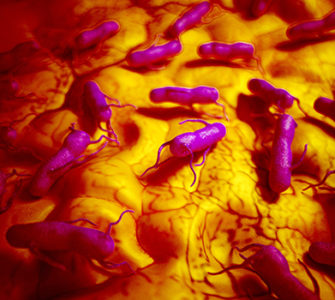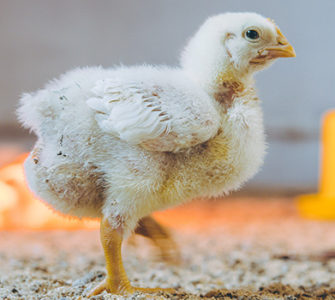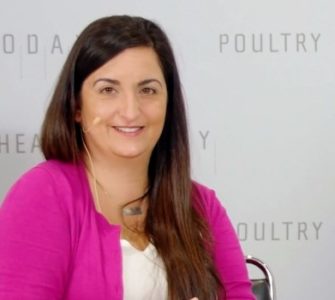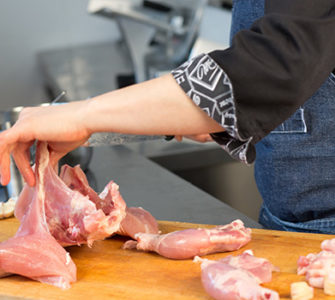Salmonella’s sex life key to mitigating food safety risks
Food safety challenges linked to Salmonella could be tackled more effectively by better understanding the sex life of bacteria, according to a leading US government veterinarian.
Researchers have known for some time that Salmonella and other bacteria have a sexual form of reproduction called homologous recombination.
However it seems the process, which sees bacteria swap sections of their chromosome with each other and ultimately create hybrid strains, could be much more common than initially believed.
Jean Guard, DVM, PhD, veterinary medical officer at the US Department of Agriculture’s Agricultural Research Service, said the development of diagnostic techniques and genome databases has led scientists to discover strains of Salmonella which don’t fit traditional bacterial categories.
By studying cellular differentiation — in other words, how bacteria cells change shape — she and her team have realized there are “worker” and “queen” bacteria, similar to bees in a hive.
And while the worker bacteria reproduce through binary fission, the queens have the potential to swap sections of genomes in a form of bacterial sex to produce new strains and new workers.
Speaking to Poultry Health Today at the American Association of Avian Pathologists conference, Guard said there are only a small number of queen bacteria in a bacterial population, which is why they have so far evaded detection.
Their low numbers also make it difficult to identify where hybrid Salmonella strains originate from, making it an important area for future research.
“We’re excellent at detecting workers which are out there infecting us, but what we’re not good at is recognizing the origin of all these new strains,” she said.
“So I feel like we’re caught in a cycle where we’re seeing Salmonella expand at certain times through the food safety system… but there has to be a cycle of chromosomal repair as all those workers get damaged and accumulate mutations.
“So what we’re not really figuring out is how does Salmonella repeat the repair of its chromosome to keep coming back around and around. And that’s a cycle I want to break.”
To take control of Salmonella — outbreaks of which haven’t shown any signs of reducing in humans over the past 15 years — Guard said more testing is needed across the food production system to identify the “oddball” bacteria that could be the source of hybrid strains.
“On farm and in the processing plant, what I would be looking for is areas that may be producing a variety of Salmonella serotypes,” she explained. “Where are you seeing unusual clusters of multiple serotypes emerging? Because that’s probably your nest.”
While the majority of these newcomer strains don’t survive, it just needs one hybrid to match with its environment before the bacteria can begin clonal expansion, she added.
On top of increased testing throughout the food chain, Guard also stressed the need to teach consumers about how to handle food properly.
“We can do everything that we do, and at the end of the day if the consumer doesn’t handle the product correctly, then they are adding to the problem. So education is always an important part of this picture.”
Posted on November 14, 2019

















